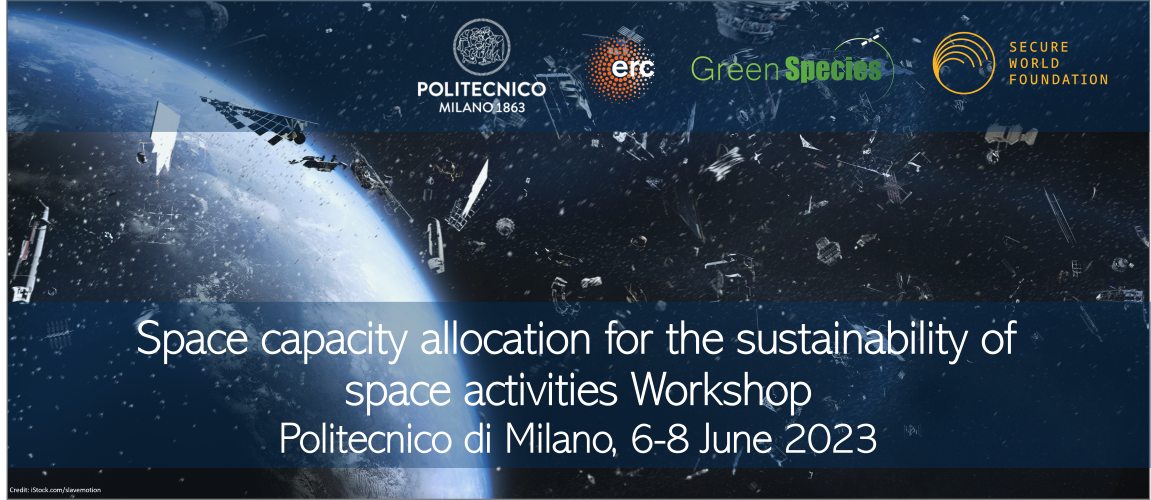Speaker
Description
Our society’s growing reliance on space services is on the one hand a precious resource for the space field, but on the other it is contributing to the overpopulation of some orbital regions around the Earth. Over the last ten years, the miniaturisation of space assets has played a fundamental role, massively decreasing launch costs and, thus, enhancing the privatisation of the space sector. As a result, the number of satellites launched into space every year has increased from a few tens in 2011 to nearly two thousand in 2021, with communication satellites of large constellations dominating the market. In this scenario, estimating the long-term effect of new traffic trends and constellations on the space debris environment is crucial for establishing remediation and mitigation measures that can counteract this growth.
To this aim, this work adopts a novel long-term debris environment propagator based on the Starling2.0 model developed at Politecnico di Milano, to predict the contribution of large constellations on the evolution of the number and distribution of space debris in low-Earth orbit. The proposed space debris model classifies the objects into payload, rocket bodies, mission related objects and constellations, with each constellation treated as a separate species. This division guarantees an individual definition of the mission profile, in terms of lifetime, post-mission disposal rate, duration, and strategy, and allows to investigate the dependency of each species’ environmental impact on such control parameters. Instead, a continuum approach is adopted for the characterisation of the fragments cloud, whose density distribution over the phase space of orbital elements is propagated in time through the continuity equation. This probabilistic propagation method makes the required computational time independent of the lowest fragments size considered, allowing for the potential extension of this study to any objects dimension. Two fragments source terms are here considered: intact objects explosion and accidental fragments-intact object collision, whose resulting fragmentation debris clouds are included in the model as a feedback effect. This work will present the results of many simulation scenarios, where the input intact objects population, as well as the post-mission disposal strategy, are varied to assess the impact of large constellations, depending on these control parameters.
| Main topic | Modelling the long-term evolution of the space debris environment |
|---|---|
| Attendance | In presence |

